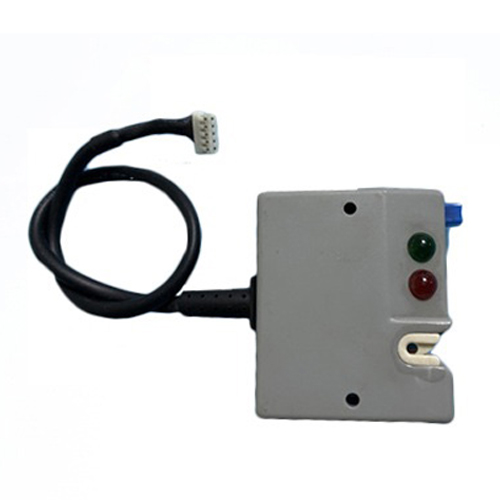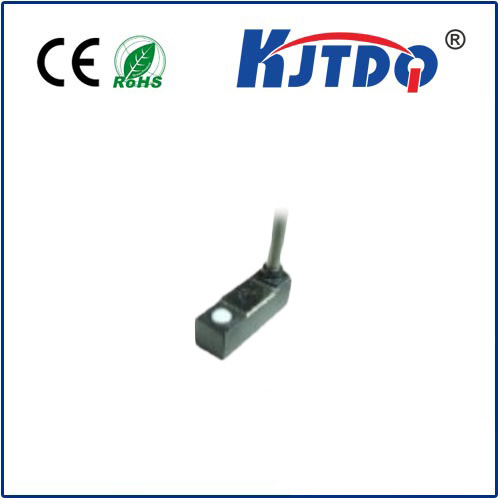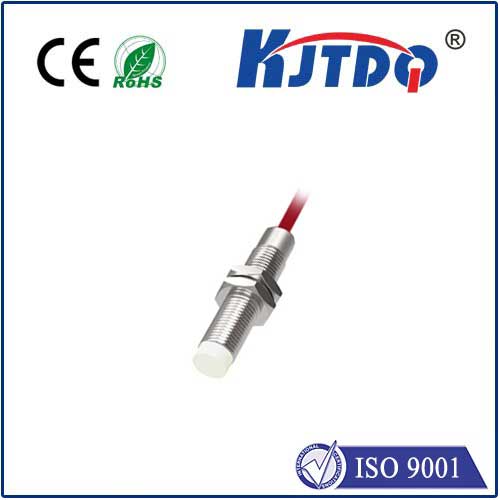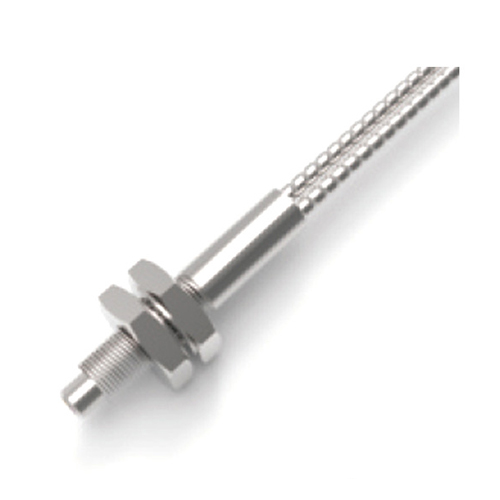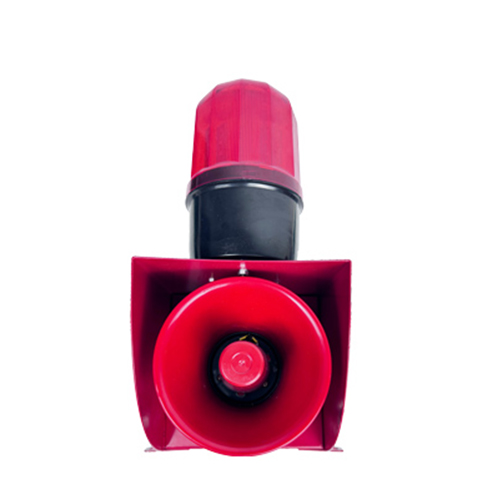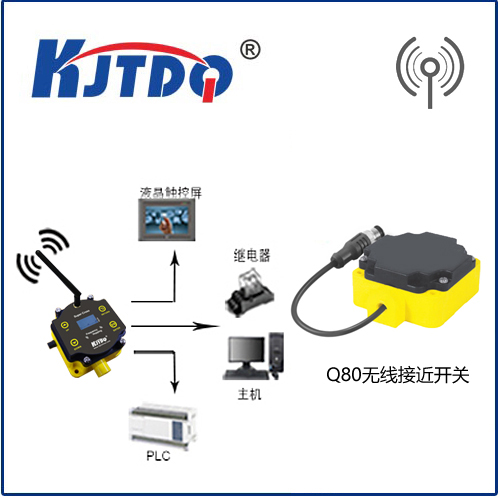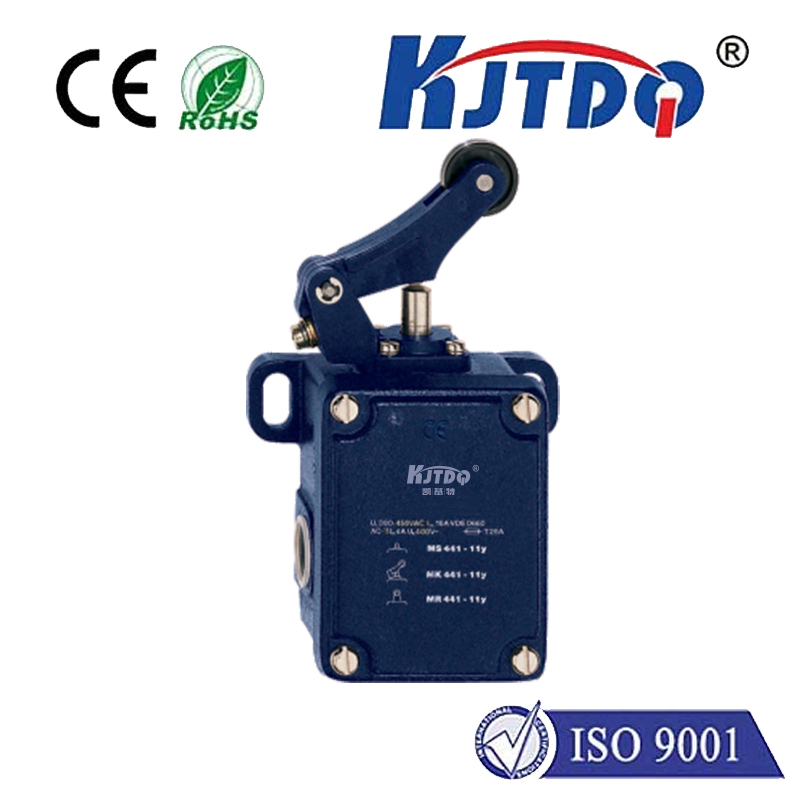

check

check

check

check

check

check

check

check

check

check
Proximity sensors are essential components in many modern devices, from smart home systems to industrial automation. They work by detecting the presence or absence of an object or person within a certain distance from them. In this article, we will explore the two main types of proximity sensors: ultrasonic and infrared.
Ultrasonic Sensors
Ultrasonic sensors use high-frequency sound waves to measure the distance between objects. They consist of an emitter and a receiver that convert sound waves into electrical signals. When an object moves in front of the sensor, it blocks the sound waves, causing a drop in the signal strength. The sensor then calculates the distance based on the time it takes for the sound waves to travel back and forth.
One advantage of ultrasonic sensors is their low cost and simple design. They also do not require any power source, making them ideal for battery-operated devices. However, they have limitations when it comes to measuring distances over long intervals or through obstacles. Additionally,ultrasonic sensors may be sensitive to interference from other sources such as water or metal.
Infrared Sensors
Infrared (IR) sensors use electromagnetic radiation to detect the presence or absence of objects. These sensors emit a beam of IR light and receive echoes that bounce off nearby objects. The sensor calculates the time it takes for the echo to return, which determines the distance to the object.
One benefit of infrared sensors is their ability to measure distances over long intervals without obstructions. They are also highly tolerant of environmental conditions such as dust, smoke, and clutter. However, they have a lower resolution than ultrasonic sensors and can be affected by changes in temperature.
Applications of Proximity Sensors
Proximity sensors have numerous applications in various industries, including:
1. Automotive: They are used for collision detection, parking guidance, and door entry systems.
2. Industrial Automation: Proximity sensors enable machines to detect the presence of objects and prevent accidents.
3. Healthcare: They are used for patient monitoring and bed positioning systems.
4. Security: Proximity sensors are employed for access control and intrusion detection.
5. Home Automation: They facilitate control of lights, doors, and appliances based on user proximity.
Conclusion
Proximity sensors play a crucial role in enhancing our daily lives by providing accurate information about the presence or absence of objects. Ultrasonic and infrared sensors are two main types of proximity sensors with unique advantages and limitations. By understanding these differences, developers can select the appropriate sensor for their specific application, leading to improved safety, efficiency, and convenience.

